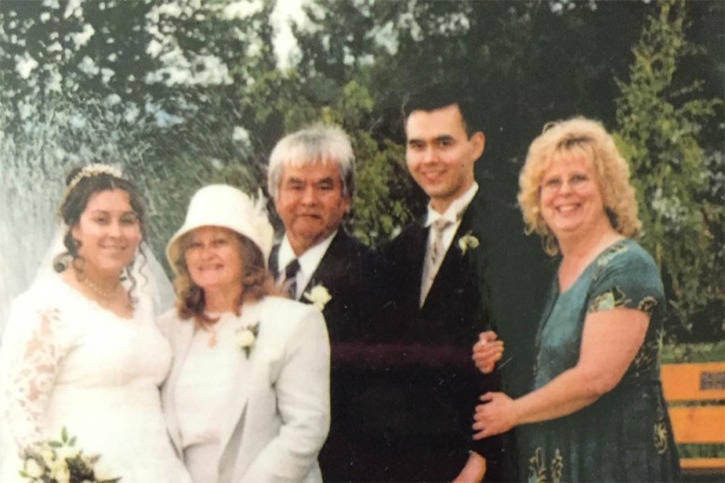The inquest into the shooting deaths of Shirley Beatrice Williams and her son Jovan Williams by police in Granisle five years ago is to start Nov. 1 in Smithers.
Originally scheduled to take place in June 2020, the inquest was put off because of the pandemic.
Shirley Williams was 73 and her son Jovan was 39 when they were shot April 19, 2016 at their residence which had been surrounded by police following an altercation with a neighbour.
Inquests, which involve a coroner as well as a jury, are mandatory when a person dies in a situation involving police.
Jurors will hear evidence relating to the deaths and can make recommendations aimed at preventing deaths under similar circumstances but cannot make a finding of legal responsibility.
The inquest follows an investigation by the Independent Investigations Office (IIO) of B.C. which concluded an RCMP officer was forced to shoot first the son and then the mother.
RCMP officers, including an emergency response team, were called to the location following an altercation between the mother and son and local residents in which Jovan Williams produced a handgun.
The 2018 report by the (IIO) concluded that an RCMP officer who took the shots which resulted in the deaths of the mother and son said he was forced to first when Jovan ran out the back door of their residence wearing an army helmet and tossed a Molotov cocktail and pointed a rifle toward the officer, and then again when Shirley came out with a shotgun wearing a bullet-proof vest.
“The balance of the evidence supports the conclusion [the officer] fired his rifle to protect himself from potential lethal force from guns being pointed at him,” reads a portion of the IIO report.
